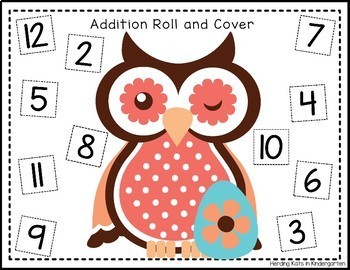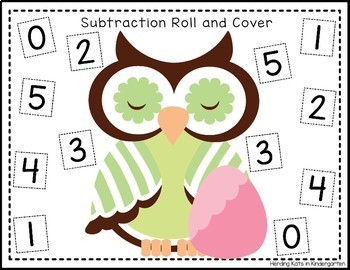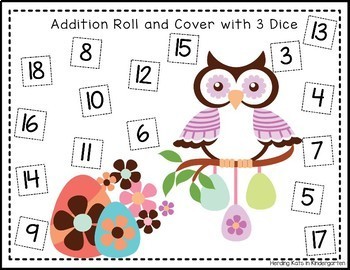Spring Owls Roll & Cover Addition & Subtraction Games
- PDF
Description
These Spring Owl Addition and Subtraction games are perfect for math centers! All you need are dice and tokens and your students will be learning their addition and subtraction facts in no time!
Incuded:
⚀ Two game boards for addition with 2 dice. This enables your students to practice sums to 12.
⚁ Two game boards for subtraction with 2 dice. Your students will love subtracting within 6 with this game!
⚂ One game board for addition with 3 dice. Your advanced students will love the challenge of adding to 18!
⚃ Recording sheets for both the addition and subtraction games. Great for holding your students accountable while they play!
Laminate or use these game boards in sheet protectors for durability. Students can use manipulatives, erasers or bingo daubers to mark their sums/differences. These are perfect for partner play, or even as a solitary activity!
You Might Also Like:
• Butterfly Life Cycle Centers





